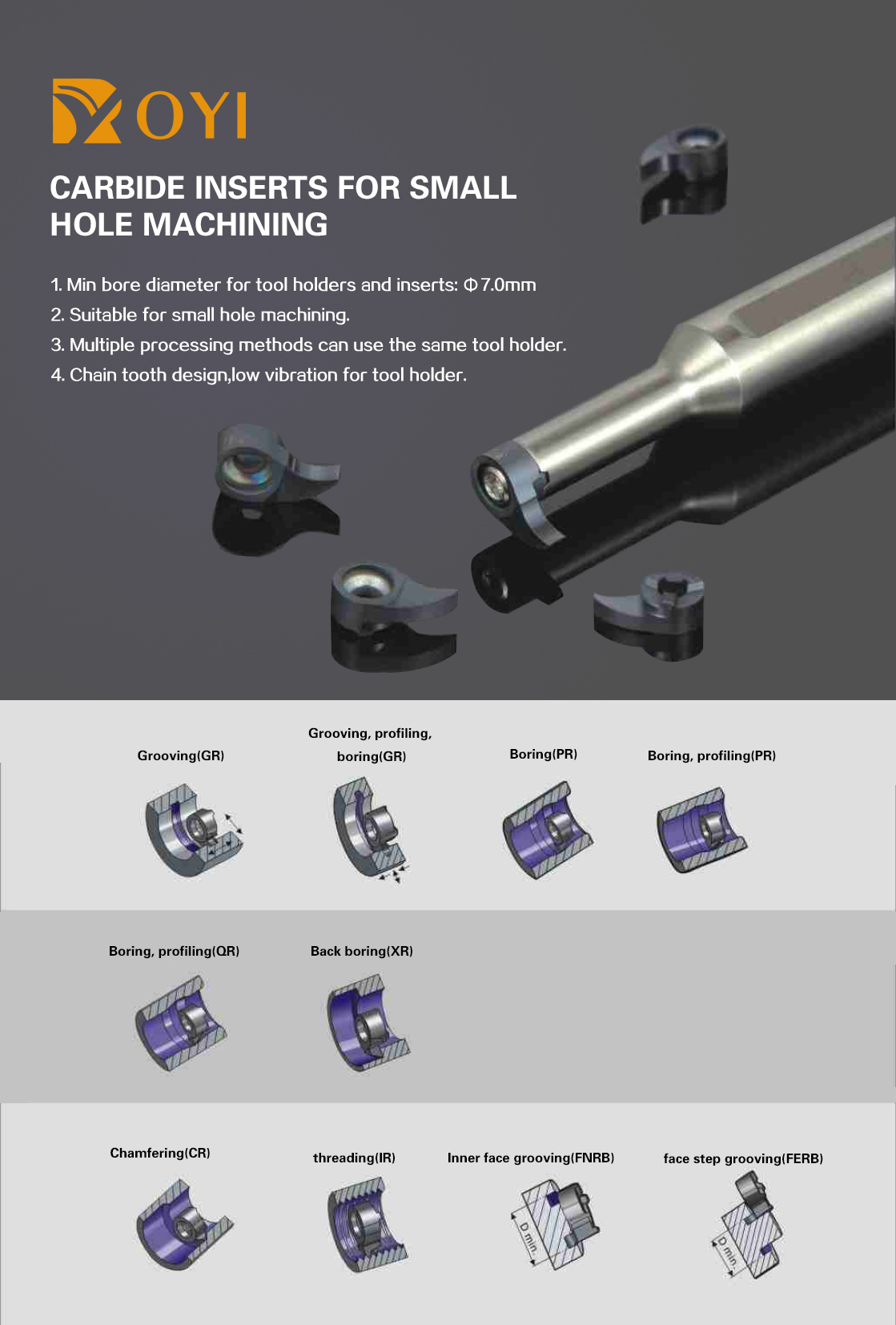Analysis of Torsion Bar Strength after Heat Treatment of Torsion Bar Spring
The crack on the specimen is not a quenching crack but the raw material itself has internal cracks which do not crack to the surface before quenching and heating, but extend to the surface after quenching and cooling. If it is a quench crack, the direction of the crack in the transverse direction should be approximately perpendicular to the surface. However, in the lateral direction, the direction of the crack on the sample is not perpendicular to the surface, but is obliquely formed at about 60 degrees. Secondly, from the metallographic structure, the sample has obvious insufficient heating defects and no overheating. The quenching cooling medium is oil, and the possibility of quenching cracks is unlikely.
Therefore, it is considered that there is an internal crack in the raw material itself, which causes the torsion bar to expand to the surface due to thermal stress and tissue stress during quenching and cooling. At the same time, this internal crack may be due to the existence of corner cracks on the continuous casting billet, and this corner crack is not completely welded during the rolling process.
There is a local obvious segregation in the raw material for the torsion bar, and the curved white line near the crack is the undissolved ferrite, which indicates that the original carbon content is significantly lower than that of other regions, that is, the region There is obvious segregation, indicating poor quality of raw materials. There are also serious problems in heat treatment when making torsion bar springs: quenching heating is seriously insufficient, which is confirmed by the presence of a large amount of undissolved ferrite in the metallographic structure of the core; secondly, from the vicinity of its crack This is illustrated by the curved white lines, i.e., undissolved ferrite.
The presence of undissolved ferrite in the matrix structure due to insufficient heating will inevitably reduce the strength of the torsion bar. At the same time, due to the serious shortage of heating, some alloying elements in the steel can not be fully dissolved in the austenite. These alloying elements can not play their due role, and can not improve the hardenability of the steel and strengthen the matrix. The effect, which will inevitably lead to a decrease in the strength of the torsion bar. The torsion bar spring has a low hardness after heat treatment and an uneven inner and outer hardness.
The hardness of the torsion bar is generally required to be HRC47-51, and the surface hardness of the torsion bar spring is only HRC39.5, which is obviously low. The main reasons for the twisting of the twisted spring are: (1) internal cracks in the raw material.
(2) The torsion bar spring is insufficiently quenched during heat treatment and heating, resulting in low hardness.
Carbide inserts are mainly made of solid carbide as the matrix, which is processed through multiple production processes.
The carbide inserts are divided into CNC inserts, turning inserts, milling inserts.
Royi CNC tool, we are professional provider solutions for hole machine, both drilling and threading can be met by us.

Carbide Inserts,Grooving Insert,Tungsten Carbide Inserts,Carbide Parting Tool
ROYI CNC TOOL TAIXING CITY CO.,LTD , https://www.royitools.com